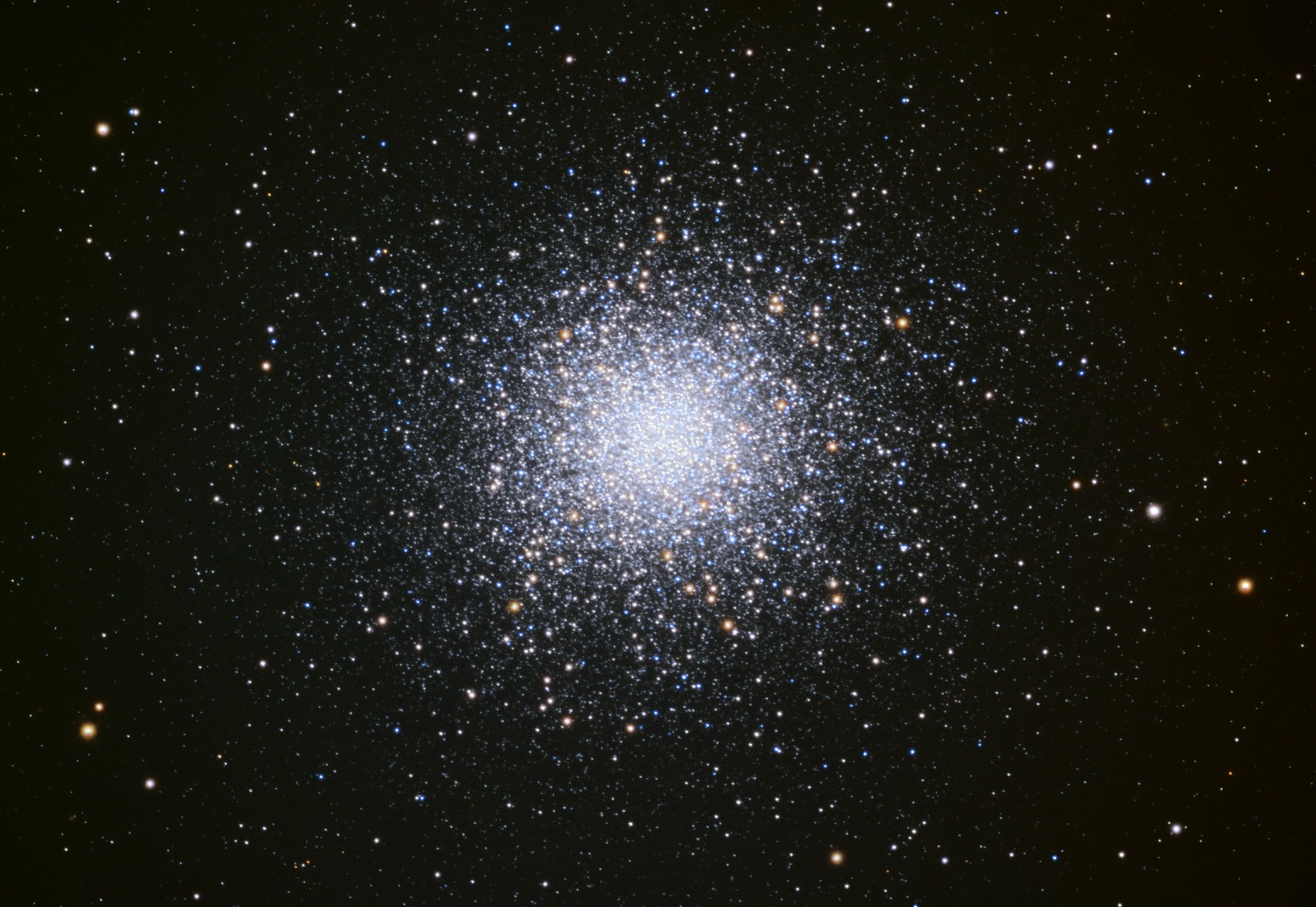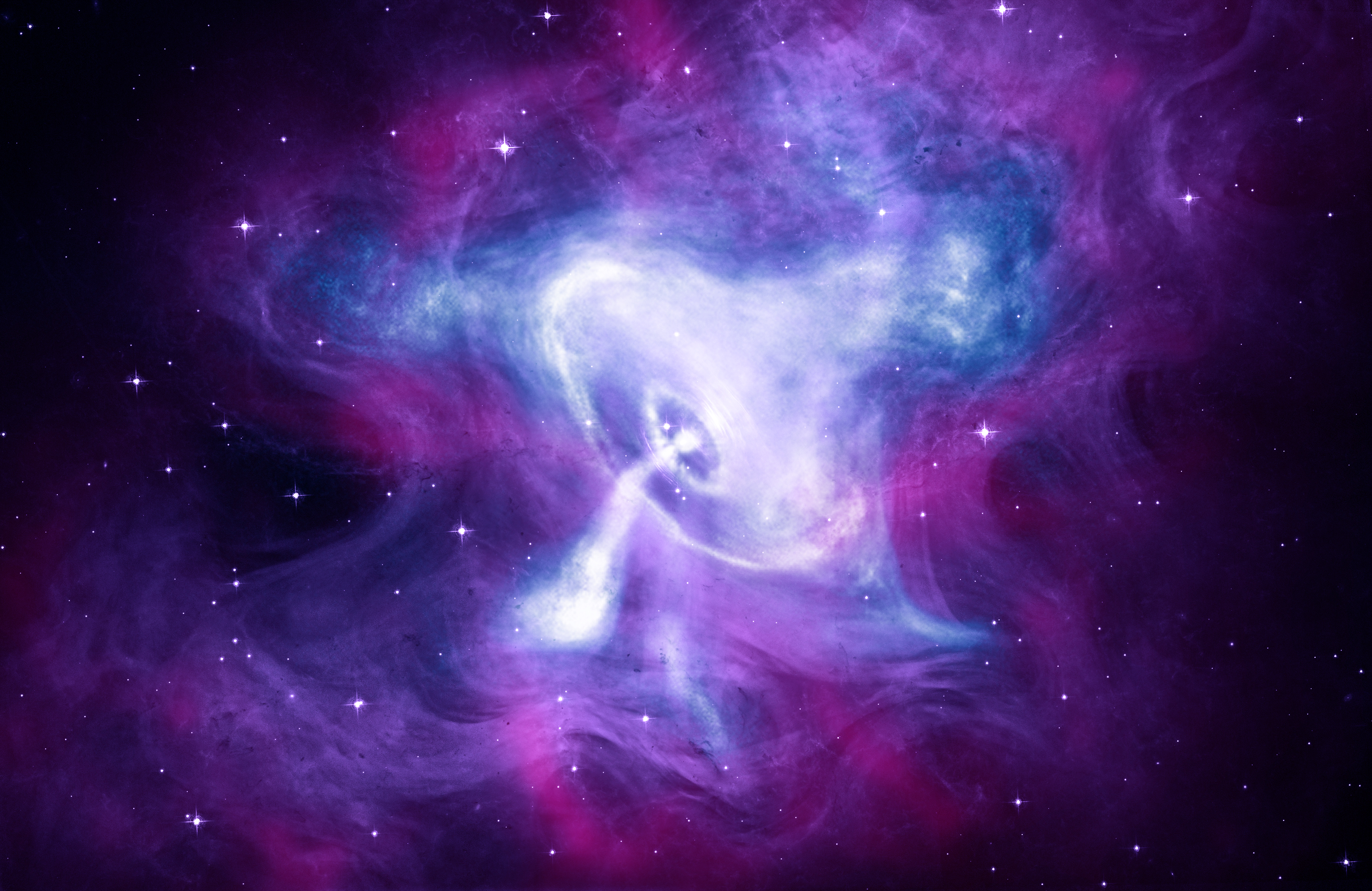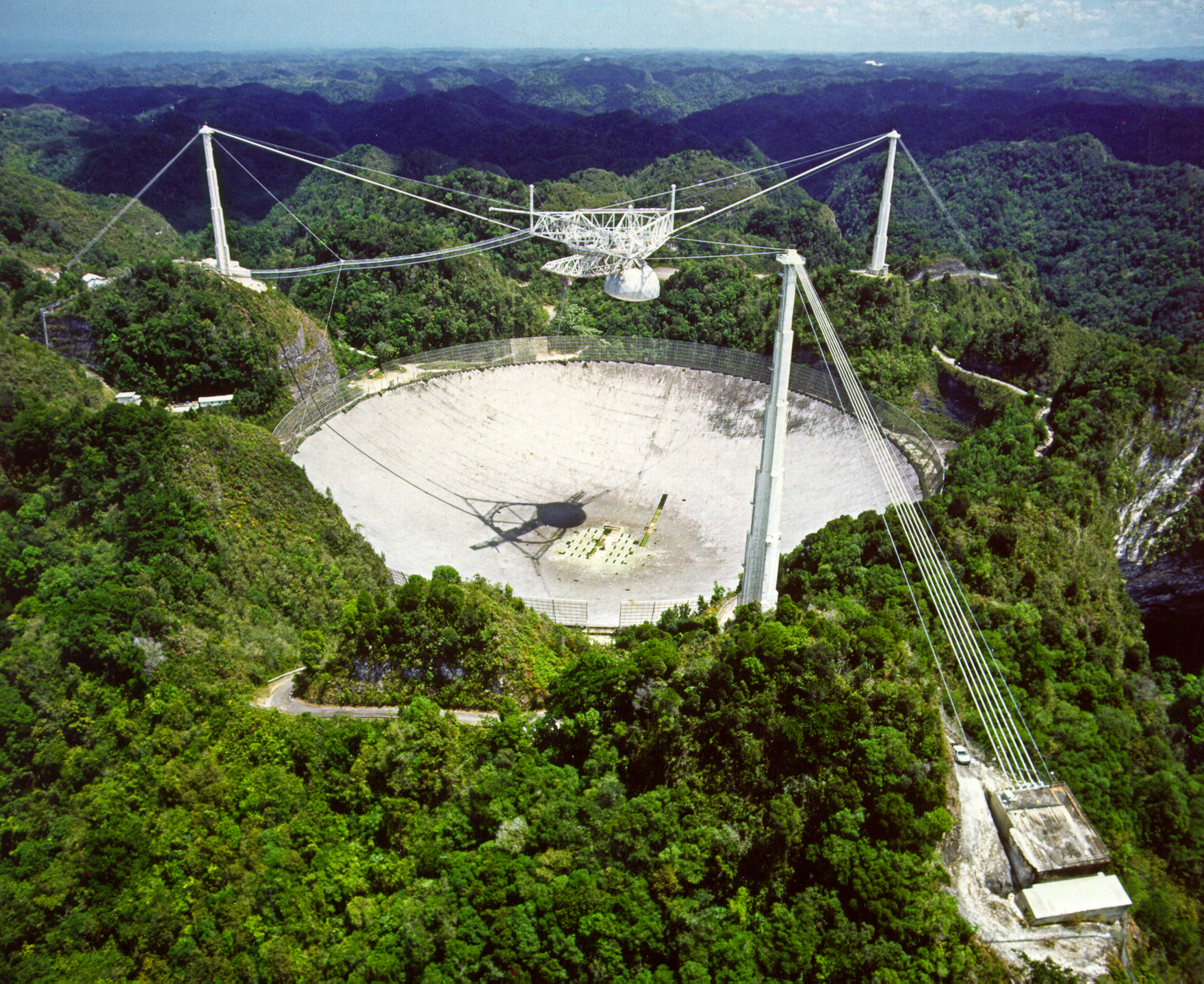How GoldenEye's Arecibo Observatory became a scientific and cultural icon | PC Gamer - bockbutragreake
How Golden-eyed fly's Arecibo Lookout became a scientific and cultural icon

Tech Report

This article first appeared in PC Gamer magazine issue 353 in February 2021, as part of our 'Tech Account' series. Every month we explore and explain the latest discipline advances in computing—from the wonderful to the truly eldritch—with help from the scientists, researchers, and engineers devising IT all happen.
A disjointed, globe-spanning story this month, that takes in the island of Puerto Rico, the University of Milwaukee, spinning neutron stars at the edge of the galaxy, and your PC, via James Bond and a Battlefield 4 multiplayer map.
Where to start? Symptomless, in the late 1950s, nuclear missiles re-entering the atmosphere as break of a Soviet aggress were considered to personify a bit of a worry. The missiles dropped radar-reflective decoys in arrears them, and nobody knew enough some the upper levels of the atm to tell the difference between these dummies and the real warheads upcoming in hot. Unmatched way to arrest this information, it was definite, was to build an enormous radio receiver scope—a huge dish 1,000ft across—reclined inside a sinkhole on Puerto Rico.
Suspended above this dish would be a 190-short ton political program carrying the receivers that would register the radio waves focused by the scope. This weapons platform also needed to be mobile, because moving the ravisher itself was going to be impossible. And so it was assembled, officially agape in 1963, a triumph of cold war engineering. When not looking for entry nukes or zippy signals dispatch the Moon on to find State radar installations, the dish inverted out to let other uses in the field of astronomy, and was soon showing results. It observed that Mercury rotates erstwhile all 59 days instead of the antecedently believed 88, meaning it was not tidally locked to the Sun. It made the first radar observations of a comet, discovered the first extrasolar planets, and in 1968 provided the first attest for the existence of neutron stars, by timing the periodicity of the Crab Pulsar.

Pulsars, as you probably already have a go at it, are spinning neutron stars that emit beams of electromagnetic radiation from their poles. Every prison term the star rotates, assumptive it's pointing in the right direction, the beam sweeps across the detector, producing a pulse rather like that of a lighthouse if lighthouses blinked at up to 700 times a second. The pulses were archetypal observed on November 28, 1967, aside Jocelyn Bell Burnell and Antony Hewish in the faint constellation Vulpecula (found in the Centre of the Summer Triangulum asterism, sky fans). The signal was jokingly named 'Little Green Men 1', but further discoveries from other regions of the sky subordinate out an alien civilisation. As the science became more precise, IT was achievable to detect minute differences in the pulses put out by a particular pulsar, and in that way the first planets orbiting a star differently the Sun were unconcealed.
Discovering these oracular fictitious place metronomes is the purpose of Einstein@home (einsteinathome.org), a distributed computing project centred on the University of Milwaukee that you can run happening your home PC in the same nervure as Folding@plate, using exactly the same BOINC package. It takes data from the Arecibo telescope As well as the LIGO gravitational-wave detectors and the Fermi gamma-ray satellite, and sends it tabu to be processed connected its volunteer network. So far, IT's had success in discovering around 50 new radio pulsars and 25 previously unknown gamma-ray sources.

Tick tock
Pulsars are useful to scientific discipline because they are some of the near daily clocks in existence. Changes in their winking rate can tip to disturbances in the place around them but besides, as they are themselves moving through space, they give the axe comprise misused to cypher distances on the big plate and to test theories such as Mastermind's general Einstein's theory of relativity. Their regular pulses may also represent interrupted by the musical passage of gravitational waves, giving us a second method of detecting these alongside LIGO's optical maser interferometer method.
Arecibo was too the source of the data chewed through by the now-defunct SETI@dwelling see, intelligent for evidence of alien civilisations via their radio emissions. At the time of writing, the count of such cultures detected clay at 0.
Sadly, time has not been kind to the Arecibo telescope. Its structure of towers and cables, the weight of the receiving platform and its position near the tropics made it vulnerable to raw events, and so it was. In 2017 a hurricane brought down one of its feed lines, damaging the surface of the dish. In August 2020 another cable broke, boost gashing the dish. Past in November the same year ii many cables snapped, putting a large hole in the dish. The decision was taken over to decommission and demolish the observation tower, but the telescope took things into its own workforce in rude December, with the failure of three cables causing the receiving political platform to fall onto the dish, shearing the tips from the support towers as it did. No one was broken, but 190 tons falling from 150m does very much of damage to aluminium, it turns out.

The baton will glucinium preoccupied by other large telescopes, including China's FAST, the Square Klick Lay out, and future day installations much as the Satellite Volcanic crater Receiving set Telescope, currently an early-stage proposition at National Aeronautics and Space Administration to be assembled happening the far slope of the Lunation in a crater trine to five kilometres across and surely the setting of a future COD map. The benefits of this would follow removing the effects of the Earth's ambiance completely (some radio frequencies are nigh completely unexplored because they do not penetrate our atmosphere), and block out disturbance from completely the energy equipment presently along Earth.
It's a sad end for so much an icon of scientific discovery and for the first time-soul shooters—it appears in some the moving-picture show and unfit adaptation of Whistler, the Quran and movie Contact, and an instalment of The X Files (called Little Green Men), and while the radio set telescope in a sinkhole depicted in the Field of battle 4 map Rogue Transmission is aforesaid to be in China, it bears enough similarities to Arecibo (including the tierce concrete pillars and distinctive domed Gregorian reflector that China's similar FAST telescope doesn't accept) to make the inspiration unsubtle. Goodbye Arecibo, we enjoyed continual around shooting people underneath you. Especially Sean Bean. And you did some peachy science too.
Source: https://www.pcgamer.com/how-goldeneyes-arecibo-observatory-became-a-scientific-and-cultural-icon/
Posted by: bockbutragreake.blogspot.com


0 Response to "How GoldenEye's Arecibo Observatory became a scientific and cultural icon | PC Gamer - bockbutragreake"
Post a Comment